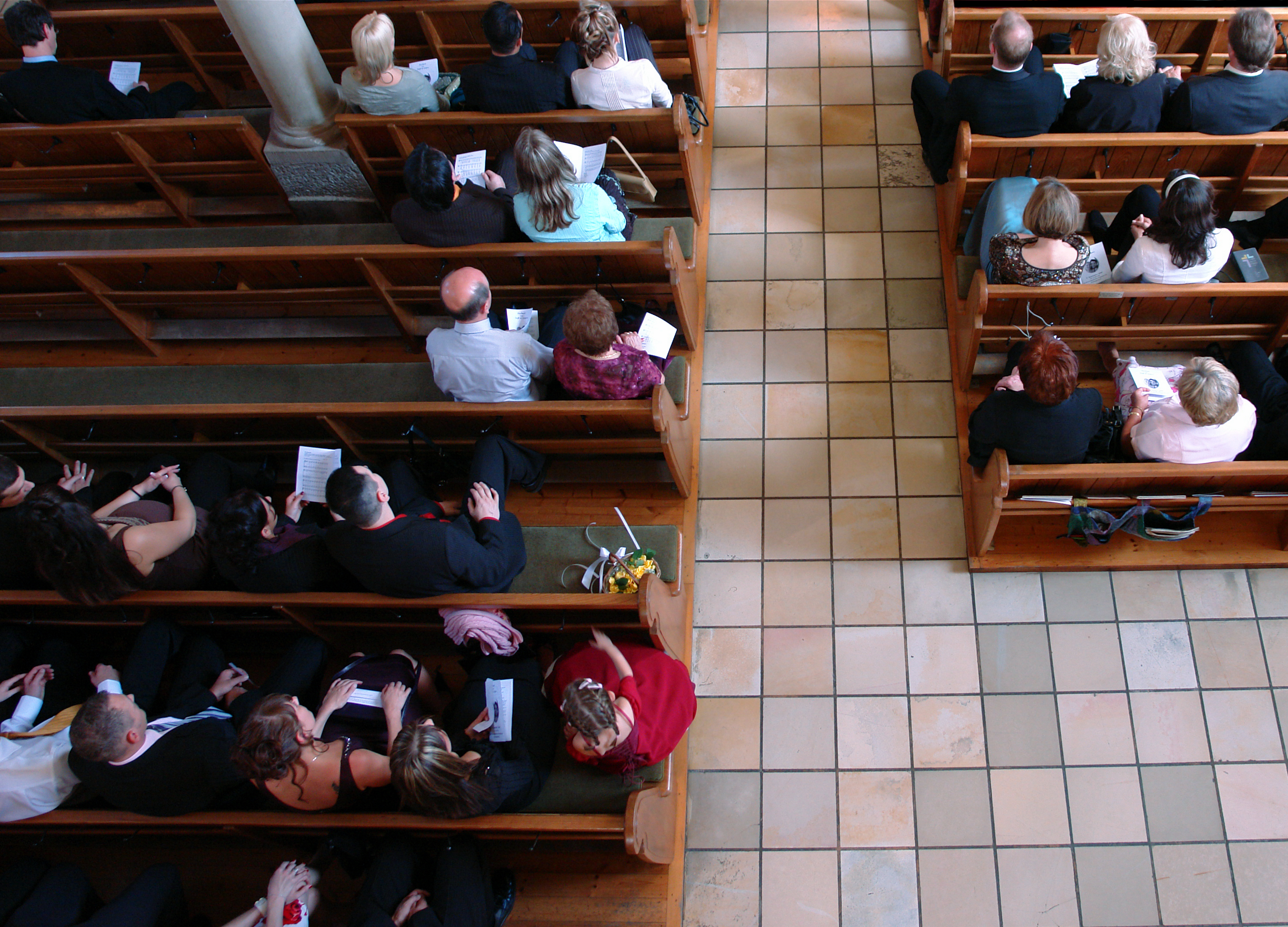As servants of God, we are called to practice good stewardship and gracious giving is central to Jesus’ message.
Churches are increasing their use of technology and many provide online giving as an option. Statistics indicate that in 2011 only 14% of churches offered online giving but that grew to 42% by 2015. Churches have embraced social media as an important way to connect with members and their communities and companies that provide web-based donation tools predict increased popularity as churches recognize advantages for congregants and for the church.
For Church members and visitors online giving can provide:
- Convenience – Like banking online, once you set up your account, you can make contributions at any time or set up recurring deductions through your checking account or credit card
- Easy tracking – Church members can readily download a statement of their giving for their personal records or tax purposes
For Churches online giving can:
- Be cost effective – Most software systems can be linked to the church’s electronic accounting system reducing administrative tasks and costs
- Decrease the likelihood of reduced giving at certain times of the year – During the summer months when people are away on vacation or other periods of decreased attendance, the convenience factor can encourage consistent giving, particularly if you encourage automated contributions
- Provide a way to connect with younger members – Studies show that Millennials’ are mobile givers who place a high priority on convenience
Online giving is not only used for the weekly offering; many churches are using online giving to raise funds for a variety of reasons from building campaigns to disaster relief. Whether your church is new to online giving or has been offering it for a while, here are some useful “Do’s” and “Don’ts” gleaned from traditional non-profit organizations.
DO…Keep your Message Short!
Keep your email solicitations short and to the point. Recipients don’t like reading long wordy e-mails. Include enough information to instruct individuals on how to make a donation, then provide links for them to obtain more information from your website. Speed is important—if it takes more than a minute to submit their gift, givers will GIVE UP.
DON’T...Bury your Online Giving Button.
If the button to donate is buried somewhere deep in your website, individuals won’t know that it’s there. Make the button visible on the home page with a direct link to your donation page. You should have a call to action for your online donation page linked to multiple places on your website.
DO…Give your Donors Options.
Just because individuals find you online doesn’t necessarily mean they want to give online. If you use a “Donate Here” button, make sure you also include your mailing address and instructions for making a contribution the old-fashioned way.
DON’T...Call it Something Different in Print and on your Website.
Keep your messaging and reference to online giving consistent. Whatever you’d like to call it, use the same language and approach. Do not make it puzzling by telling people to visit the church’s website to use your online giving program, and then the button says something different or does not provide proper instructions.
DO…Include Offline Contact Information
List a way for individuals to contact you directly or how to receive more information. Make sure your church includes a link to your website and your organization’s phone number in every fundraising email you send out.
DO…Keep the Process Simple
Ask only for the information you need to accept the gift. This is not the opportunity to get information to promote future ministry events.
DO…Be Sure to Say “Thank You”
Acknowledge their generosity and demonstrate your appreciation. Let givers know that their gift will be used to bless God’s people in a variety of ministries.
Back to Financial Resource Center









